Few pieces of equipment can claim to have propelled the popularity of backcountry skiing like Fritschi’s Freeride binding. It was the first alpine touring binding that appealed to the mindset of the relatively untapped market of American alpine skiers lusting for untracked powder, but unwilling to let go of their reliance on beefy alpine bindings.
In fact, it had to have been quite an internal struggle for Fritschi to even produce, what to them had to have been an antithetical backcountry binding. After you’ve spent even a modicum of time earning your turns you realize that there is a penalty for every extra pound you lug around, particularly on your feet.The basic configuration of the Fritschi Freeride had existed for years, first introduced as the Diamir. It quickly gained a following in Europe as a light weight plate binding that was a compromise for performance, but that compromise was made knowing that in the long run, weight is of paramount importance.
Keep making backcountry turns

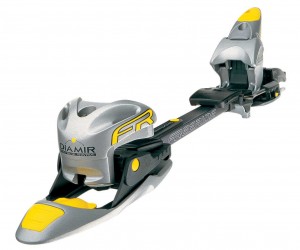
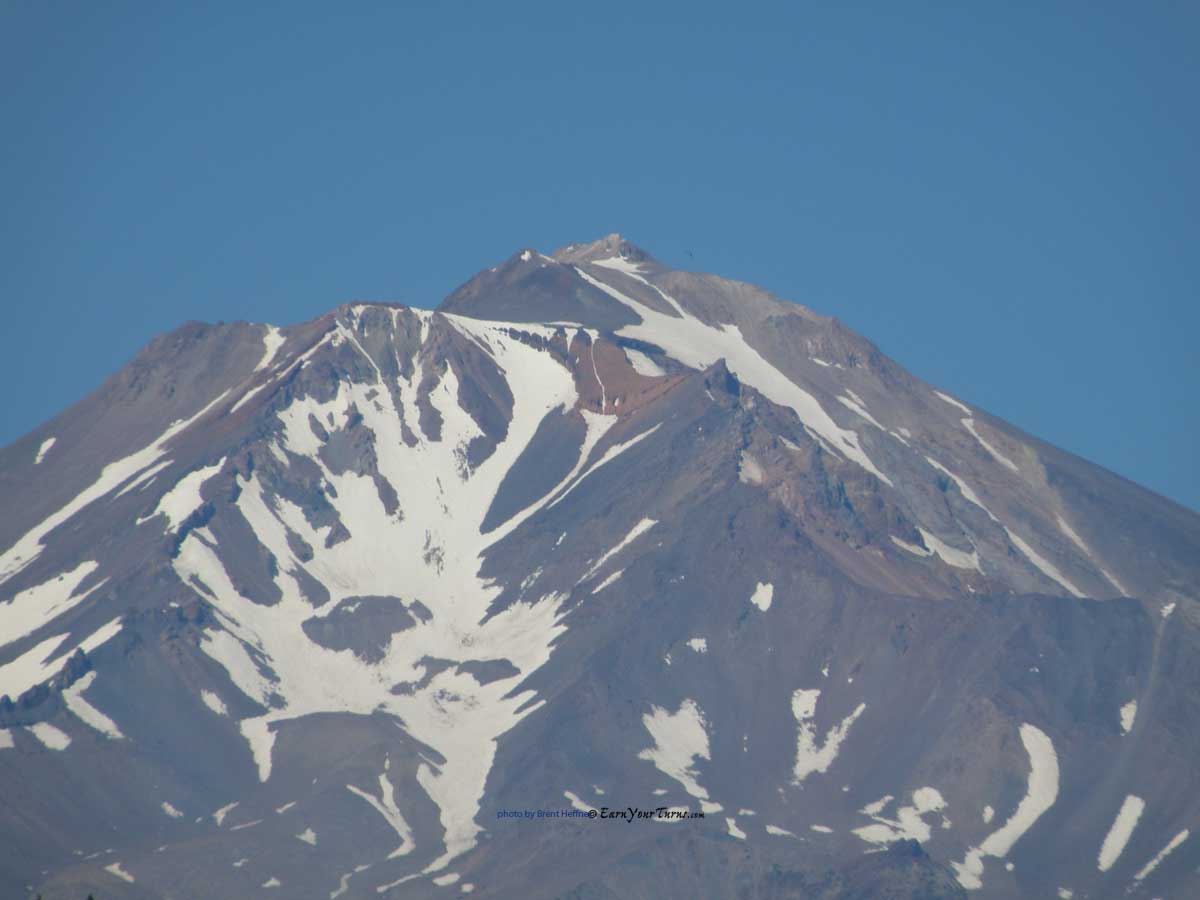
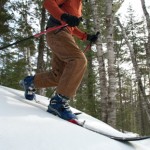
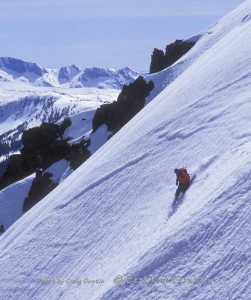
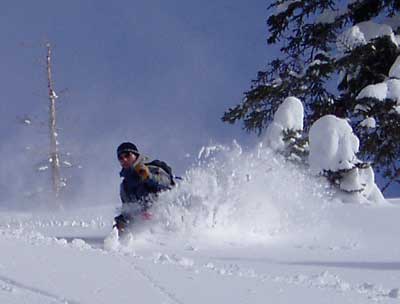

Recent Comments